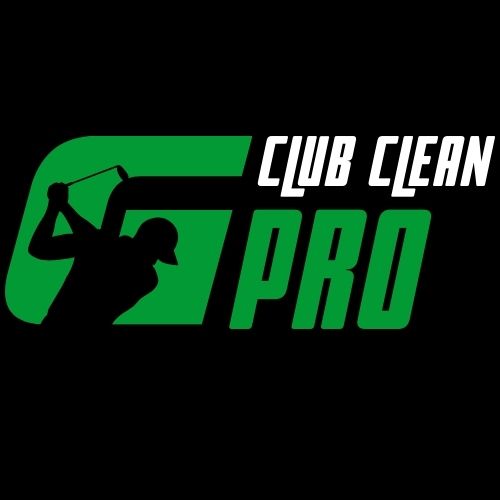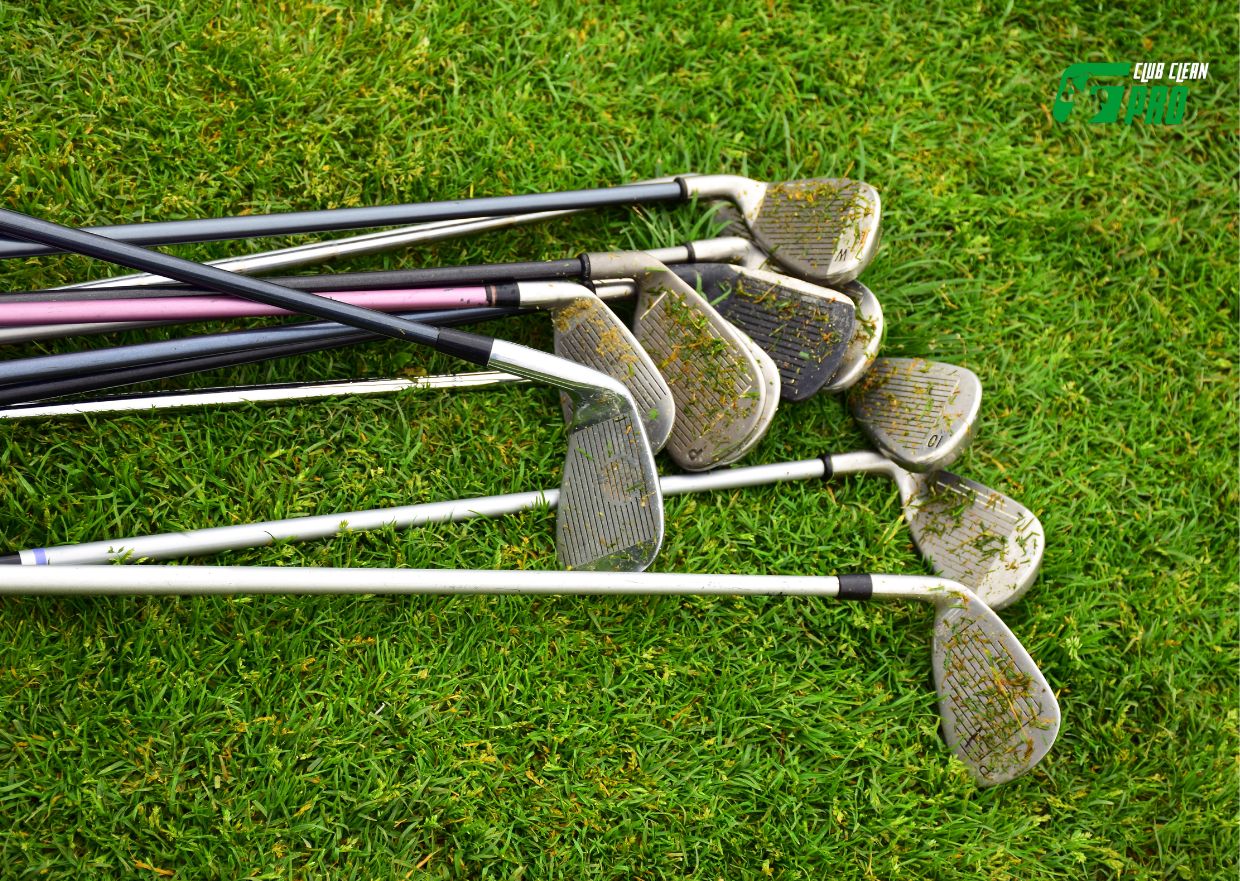Cleaning Golf Clubs Uncovering the Hidden Dangers of Neglect
Golf enthusiasts know that their clubs are more than just equipment; they’re crucial tools for success on the course. Cleaning golf clubs is an essential aspect of maintaining these valuable instruments, yet it’s often overlooked. Dirt, debris, and wear can accumulate on club faces and grips, affecting performance and potentially shortening the lifespan of the clubs. Proper golf club cleaning isn’t just about aesthetics; it has a significant impact on spin, ball control, and overall confidence during play.
This article delves into the hidden dangers of neglecting golf club maintenance and highlights effective cleaning techniques to keep clubs in top condition. Readers will discover how clean clubs can boost their game, learn to establish a regular maintenance routine, and understand the importance of cleaning golf grips. By the end, golfers will have the knowledge to preserve their equipment’s performance and extend its longevity, ensuring they’re always ready to hit the links with confidence.
The Hidden Dangers of Neglecting Golf Club Maintenance
Golfers often overlook the importance of maintaining their clubs, but this negligence can lead to serious consequences. From decreased performance to potential health risks, the hidden dangers of neglecting golf club maintenance are numerous and significant.
Reduced Performance
One of the most immediate impacts of neglecting golf club maintenance is a noticeable drop in performance. Dirty clubs can significantly affect a golfer’s game. When grooves are clogged with dirt and debris, it reduces the club’s ability to generate spin, which is crucial for ball control. Tests have shown that dirty golf clubs can lose up to 7mph of ball speed, which is about 5.5% of a golfer’s total speed [1]. Even more alarming, backspin can decrease by a staggering 52.5%, from 5,399rpm to 2,566rpm [1]. This loss of spin severely impacts shot height and descent angle, leading to less control and consistency on the course.
Increased Wear and Tear
Regular cleaning and maintenance are essential to prevent long-term damage to golf clubs. Small issues, when ignored, can escalate into costly repairs or even necessitate complete replacements [2]. Grips, being the only point of contact with the club, are particularly vulnerable to wear and tear. Timely grip replacement is crucial to maintain consistency and control [2]. Shaft problems, such as bending or cracking, can drastically affect swing and ball flight, while loose clubheads or damaged grooves can sabotage shots [2].
Potential Health Risks
While often overlooked, neglecting golf club maintenance can also pose health risks. Dirty clubs can harbour bacteria and other microorganisms, potentially leading to skin irritations or infections. Moreover, worn-out grips or misaligned shafts can cause improper swing mechanics, increasing the risk of strain or injury over time.
By understanding these hidden dangers, golfers can appreciate the importance of regular club maintenance. Keeping clubs clean and well-maintained not only enhances performance but also protects the golfer’s health and investment in their equipment.
Essential Cleaning Techniques for Golf Clubs
Proper maintenance of golf clubs is crucial for optimal performance on the course. By following a few simple cleaning techniques, golfers can keep their clubs in top condition and extend their lifespan.
Cleaning Clubheads
To clean golf club heads effectively, fill a bucket with warm water and add a few drops of mild soap or dishwashing liquid [3]. Submerge only the clubheads in the soapy water for 5-10 minutes to loosen dirt and debris [3]. Using a soft-bristled brush, gently scrub the clubheads, paying special attention to the grooves [3]. Rinse thoroughly with clean water and dry immediately with a towel to prevent rusting [3].
For woods and putters, simply dip the clubhead in warm soapy water and towel-dry immediately to avoid damage [4]. If rust spots appear, they can be gently removed using fine-grade steel wool [4].
Maintaining Grips
Grips are essential for a good golf game and require regular cleaning. To clean grips, use a soft-bristled brush, liquid dish soap, and a towel [4]. Wipe the grips with a damp cloth, then rinse with water, ensuring it’s not too hot to avoid damage [3]. Dry the grips thoroughly with a towel [3].
Inspect grips regularly for signs of wear, such as shiny areas, cracks, or slipperiness [4]. Golfers who play once a week should replace their grips every 18 to 24 months [4].
Caring for Shafts
To clean golf club shafts, use a damp cloth to remove dirt and grime, then dry thoroughly with a towel [3]. For rust removal, apply vinegar to the shaft with a cloth and gently remove any residue, being careful not to scratch the surface [3]. Dry the shaft completely after cleaning [3].
For graphite shafts, use extra care as they are less durable than steel shafts [4]. Long-neck headcovers can help protect graphite shafts from scratches [4].
By incorporating these cleaning techniques into their routine, golfers can ensure their clubs remain in excellent condition, leading to better performance on the course.
The Impact of Clean Clubs on Your Game
Clean golf clubs have a significant influence on a player’s performance on the course. The benefits extend beyond mere aesthetics, directly affecting accuracy, spin control, and the overall feel of the game.
Improved Accuracy
Maintaining clean golf clubs is crucial for optimal performance. Dirt, debris, and grass residue can build up on the clubface, interfering with shots and impacting accuracy [5]. By keeping clubs clean, golfers optimise their chances of success on the course [5]. Clean grooves on the clubface play a vital role in shot-making, allowing golfers to exhibit better control over each shot [6].
Consistent Ball Spin
The primary purpose of grooves on a golf club is to create more friction between the clubface and the golf ball [7]. When the ball comes into contact with clean grooves, they grip the cover of the ball more effectively, allowing for better control over the shot [7]. This increased friction results in more spin, which is essential for shots like approach shots, chip shots, and shots around the green, as it helps the ball stop quickly upon landing [7].
A test revealed that shots with dirty grooves lost 7mph of ball speed – 5.5% of a tester’s total – which is significant [1]. More alarmingly, backspin decreased by 52.5%, from 5,399rpm to 2,566rpm [1]. This dramatic reduction in spin severely impacts shot height and descent angle, leading to less control and consistency on the course [1].
Enhanced Feel and Feedback
Clean clubs allow for purer contact sensation, providing a better sense of connexion between the golfer and the club [7]. This improved club feel can help golfers gauge the quality of their shots more accurately, leading to greater confidence in their swing and the expected outcome [7]. The psychological element of playing with clean clubs also contributes to a fresh perspective for each round or practise session [8].
Establishing a Regular Cleaning Routine
Frequency of Cleaning
Golfers have different approaches to cleaning their clubs. Some clean them after every shot, while others do it less frequently [9]. A survey of 500 golfers revealed varied cleaning habits, from those who clean after every round to those who rarely clean their clubs [10]. For optimal performance, it’s recommended to clean clubs after every 3-4 rounds to prevent dirt buildup [11]. However, PGA professional Adam Glass suggests cleaning wedges constantly between shots for better spin control [10].
Essential Cleaning Tools
To maintain golf clubs effectively, a few simple tools are necessary. These include a plastic bucket, lukewarm water, a drop of washing-up liquid, an old toothbrush or bristled brush, and a towel [10]. Some golfers use a damp microfiber cloth with a small amount of liquid soap for cleaning balls, clubs, and grips [9]. Carrying a wet towel during play allows for quick cleaning between shots [9].
Quick Clean vs Deep Clean
A quick clean can be done during play using a damp towel to wipe down clubs after each shot [9]. For a more thorough cleaning, golfers can use the “Old Reliable” method: dunking clubs in a bucket of warm water, using a brush to clean grooves, and drying with a towel [12]. This method, while time-consuming, yields consistent results [12]. A deep clean, involving soaking clubs in soapy water and scrubbing, can be done monthly or seasonally, depending on frequency of play [9].
Conclusion
Maintaining clean golf clubs is more than just a matter of appearance; it has a significant influence on a player’s performance and the longevity of their equipment. Regular cleaning not only enhances accuracy and spin control but also provides a better feel and feedback during play. By establishing a consistent cleaning routine, golfers can protect their investment and boost their confidence on the course.
The benefits of clean golf clubs extend beyond the individual player, contributing to a more enjoyable and competitive golfing experience overall. So, knowing the benefits of cleaning your clubs is one thing, but actually doing it and reaping the rewards is another. But don’t worry, we are here to help you keep your clubs in top condition. By making club maintenance a priority, golfers can ensure they’re always ready to play their best game, whether it’s a casual round with friends or a high-stakes tournament.
FAQs
Is there a downside to not cleaning golf clubs?
Absolutely. Keeping your golf clubs clean is not just about aesthetics; it significantly influences your performance. Accumulations of dirt, debris, and grass on the club face can disrupt your shots, leading to reduced accuracy and distance.
What is the best method to clean golf clubs that have been neglected?
For old golf clubs showing signs of rust, a wet Brillo Soap Pad can effectively remove some of the rust. If there’s no rust, simply using a microfiber cloth along with warm water and soap should suffice.
Why should you regularly clean your golf clubs?
Clean golf clubs are crucial for optimal performance. Dirt and debris on the clubheads can impair the club’s ability to properly grip the ball, resulting in decreased distance and accuracy.
How frequently should golf clubs be cleaned?
It’s wise to clean your golf clubs after every round of golf. This routine helps prevent the buildup of dirt and debris, ensuring your clubs are always in top condition for the best performance.


